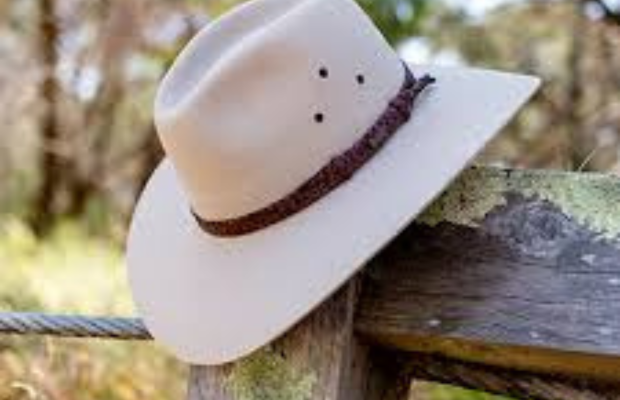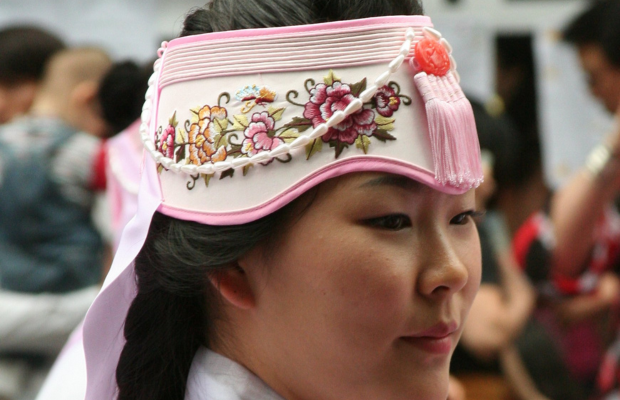Introduction:
In the rug landscapes of 18th and 19th-century North America The Coonskin Cap symbol of Frontier Life Craft from the skin and fur of raccoons, this distinctive headwear became synonymous with the intrepid spirit of Canadian and American frontiersmen. Let’s delve into the history and cultural significance of this iconic cap.
Origins and Construction:
The origins of the coonskin cap can be traced back to the necessity of frontier life. Made from the pelts of raccoons, these caps were meticulously craft by settlers and hunters to provide warmth and protection in the harsh wilderness. Typically, the entire raccoon skin, including the tail, was used to fashion the cap, with the fur left on for added insulation.
Frontier Fashion:
As European settlers pushed westward across North America, the coonskin cap became a staple accessory for frontiersmen, trappers, and hunters. Its distinctive appearance, with the raccoon’s tail hanging down the back, made it instantly recognizable on the frontier. The cap’s practicality and durability made it well-suited to the demands of frontier life, earning it a place in popular culture and folklore.
Cultural Icon:
Beyond its utilitarian function, the coonskin cap became a symbol of the rug individualism and pioneering spirit of the early American and Canadian frontiersmen. It was immortalize in literature, art, and film. Most notably through the character of Davy Crockett. A folk hero of the American frontier known for his iconic coonskin cap.
Controversies and Misconceptions:
While the coonskin cap holds a romanticized place in popular culture. It is important to acknowledge the ethical and environmental concerns surrounding the trapping and hunting of raccoons for their pelts. Additionally, the cap’s association with certain historical figures has led to debates about cultural appropriation and the commodification of indigenous identities.
Legacy and Revival:
Despite these controversies, the coonskin cap remains an enduring symbol of frontier life and the spirit of exploration. While no longer a practical accessory for modern-day outdoor enthusiasts. It continues to capture the imagination and inspire nostalgia for a bygone era. Today, efforts to preserve and celebrate the heritage of the coonskin cap are ongoing, ensuring that its legacy lives on for future generations to appreciate.
Conclusion:
The coonskin cap stands as a testament to the resilience and ingenuity of early North American settlers. From its humble beginnings as a practical garment for survival to its iconic status in popular culture. This unique headwear embodies the adventurous spirit of the frontier. As we reflect on its history, let us also consider the complex narratives and cultural legacies it represents.

